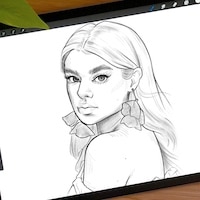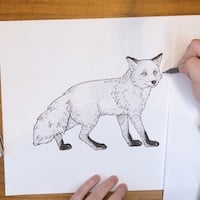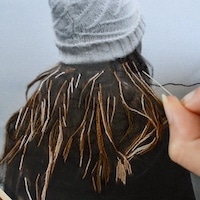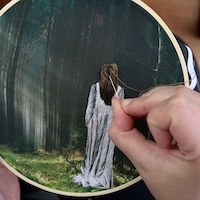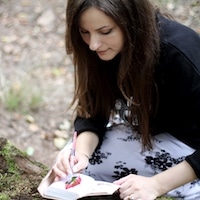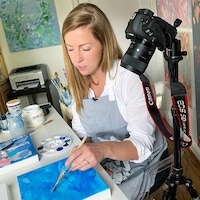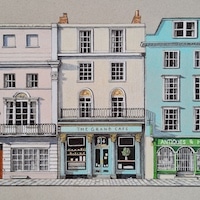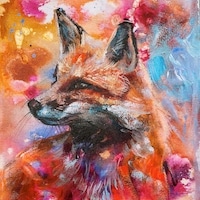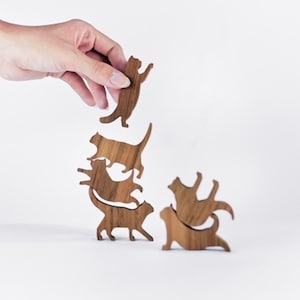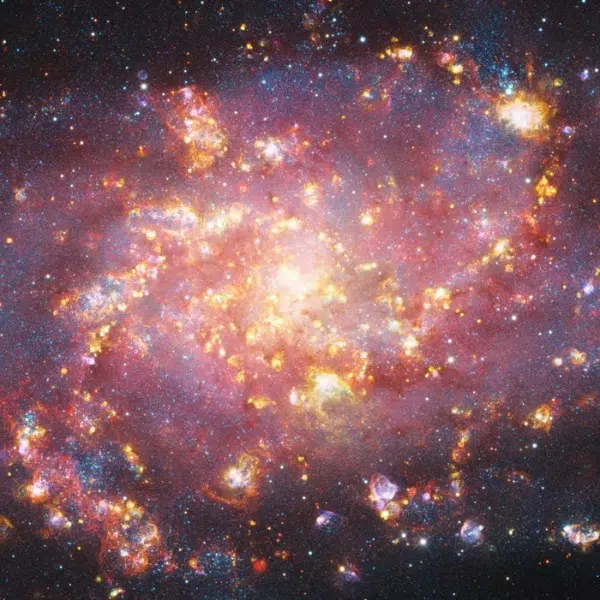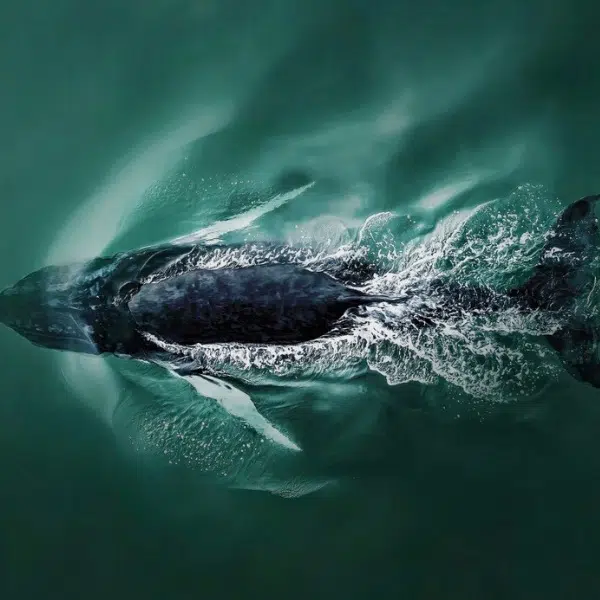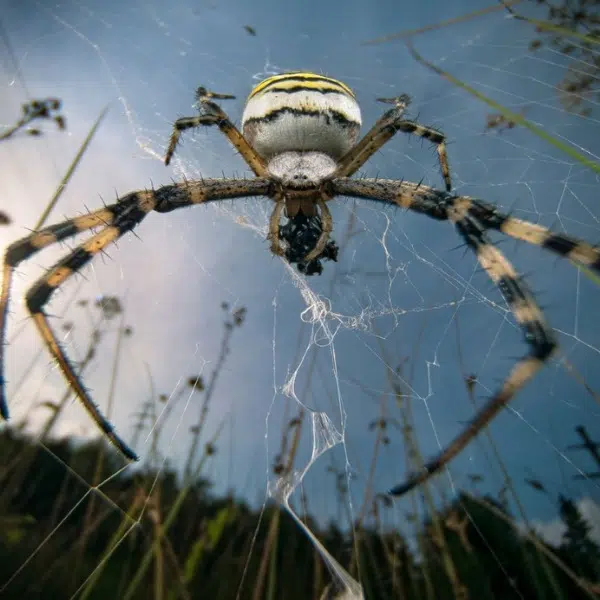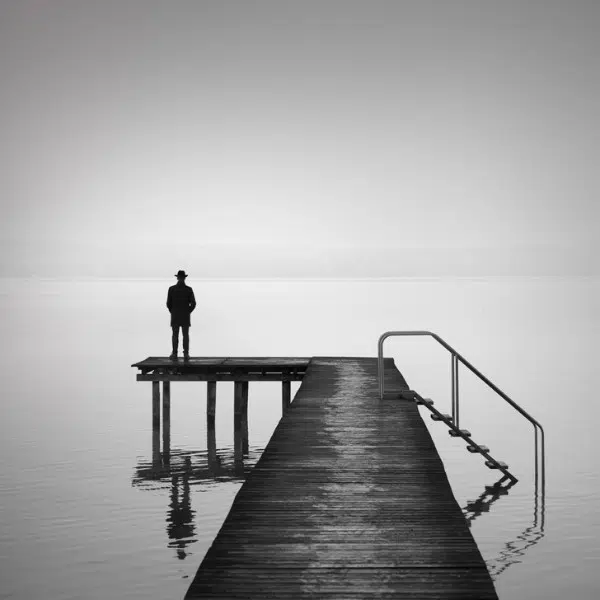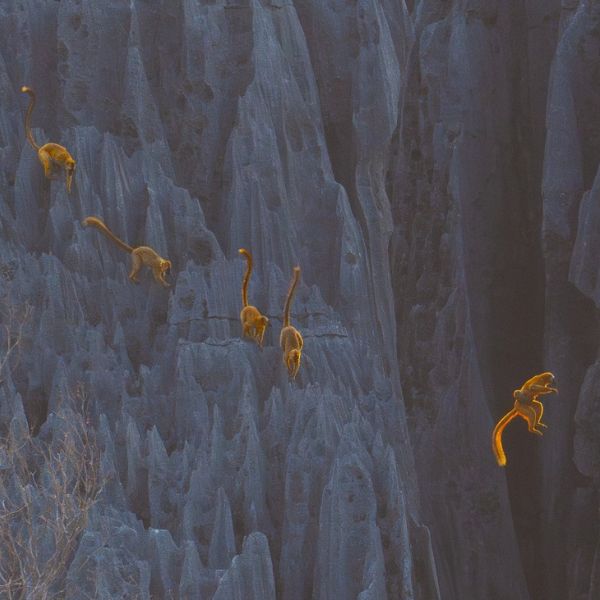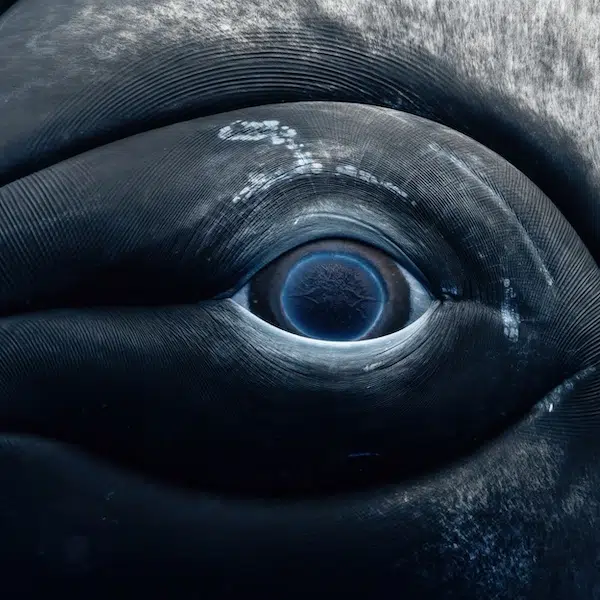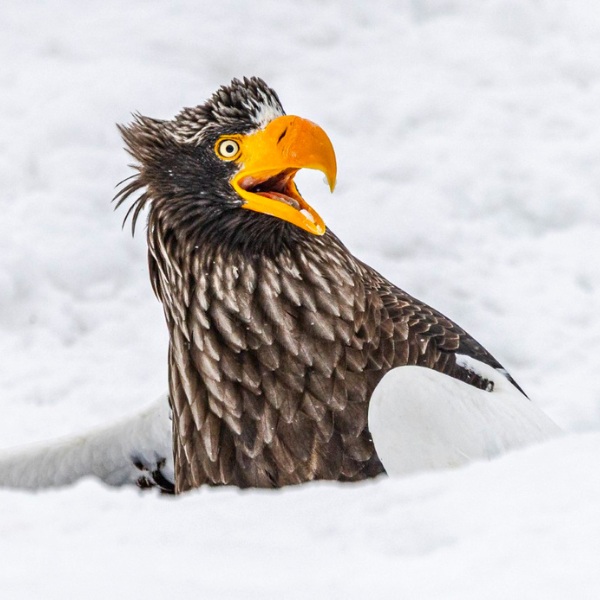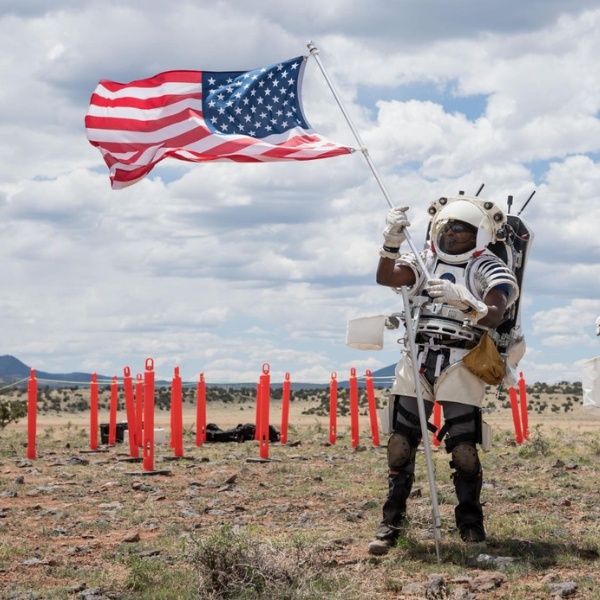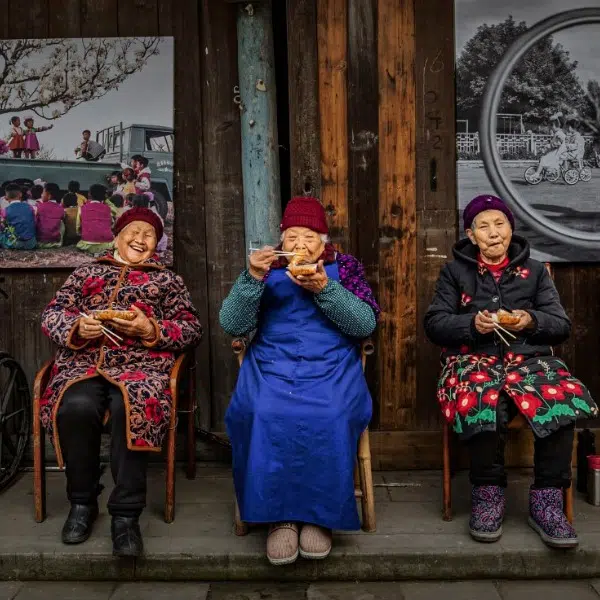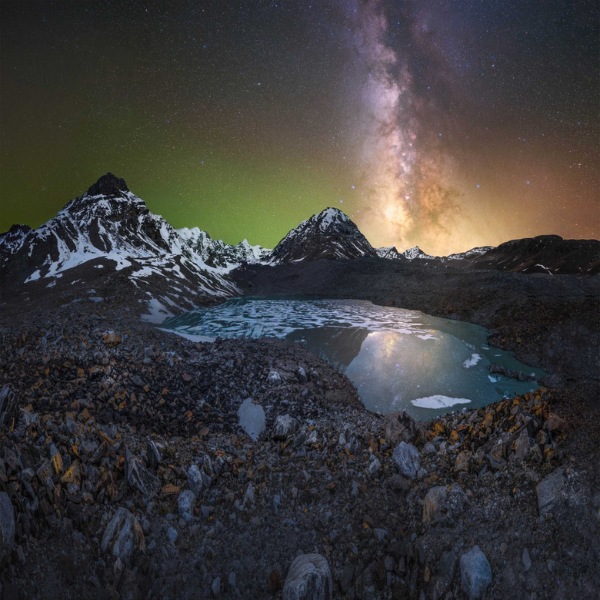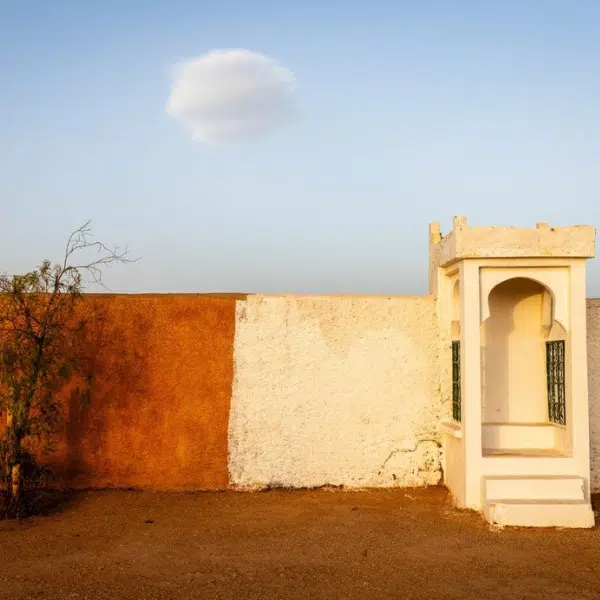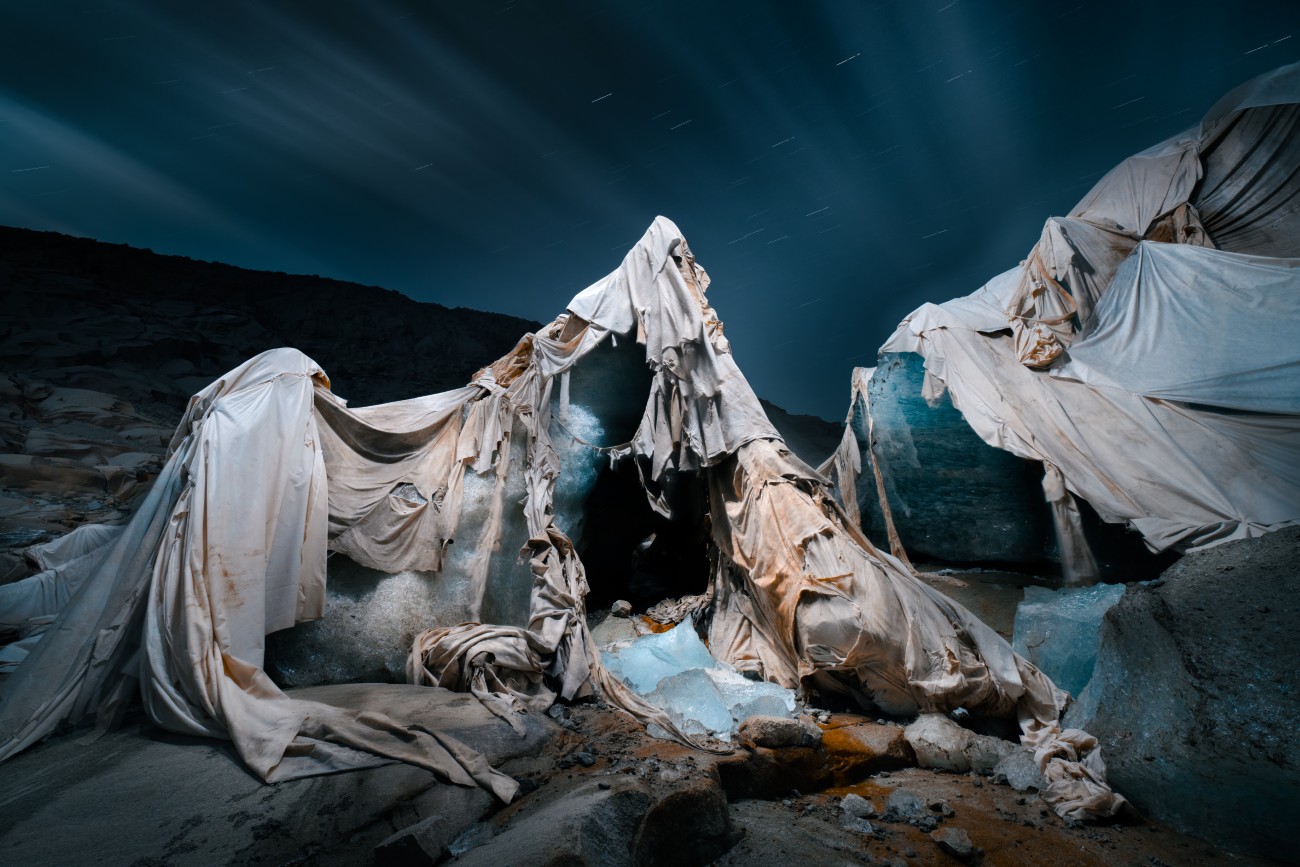
“Carcass of the Ice Beast” by Liam Man. The Royal Geographical Society – Climate of Change Award
“Carcass of the Ice Beast, Image 3 from The Icebreaker Project, is a photograph taken of the Rhone Glacier. In 2009, thermally reflective blankets were used to slow their melting, covering five acres to deflect infrared radiation. ‘Today, these coverings hang in tatters, like the torn skin of a dying giant”, Liam Man explains. By anthropomorphising the glacier, the photographer invites us to “bear witness to the cryosphere’s beauty and its vulnerability.'”
For the eighth year, the Earth Photo Awards celebrate photographers and filmmakers who showcase how climate change is impacting our work. Created by Forestry England, the Royal Geographical Society, and Parker Harris, the awards are judged by experts in photography, geography, film, and environment, making the winners both visually and scientifically impactful.
“Earth Photo demonstrates how photography can engage with the pressing global challenges of our time,” says Joe Smith, director of the Royal Geographical Society. “This year's winning images and videos are not only visually compelling but also serve as a powerful reminder of the climate and nature crises and the profound environmental and social impacts across the world.
“While some of the works evoke concern and urgency, others highlight human resilience and the capacity to adapt. Taken together, they show us the interconnectedness of people and planet and our reliance on the world around us.”
Out of over 1,500 entries, images and films from 40 photographers were placed on a shortlist, with the winners covering both moving and still photos. Top winners include Liam Man, whose The Icebreaker Project is a compelling look at how climate change impacts people, environments, and wildlife. His striking photo of the Rhone Glacier covered in thermal blankets, in a desperate attempt to slow melting, won the Climate Change Award.
Lorenzo Poli was given the Earth Photo 2025 Award for his haunting image Autophagy. Taken at the Chuquicamata mine in Chile, the world's second-largest open-pit copper mine, this image shows the environmental toll of our race to extract materials from the Earth.
The Earth Photo exhibition is now open at the Royal Geographical Society in London until August 20, 2025, with shortlisted images on view at select Forestry England sites. Scroll down to see more of the winning images and click over to the Earth Photo website for the full gallery of shortlisted entries.
For the eighth year, the Earth Photo Awards celebrate photographers and filmmakers who showcase how climate change is impacting our work.
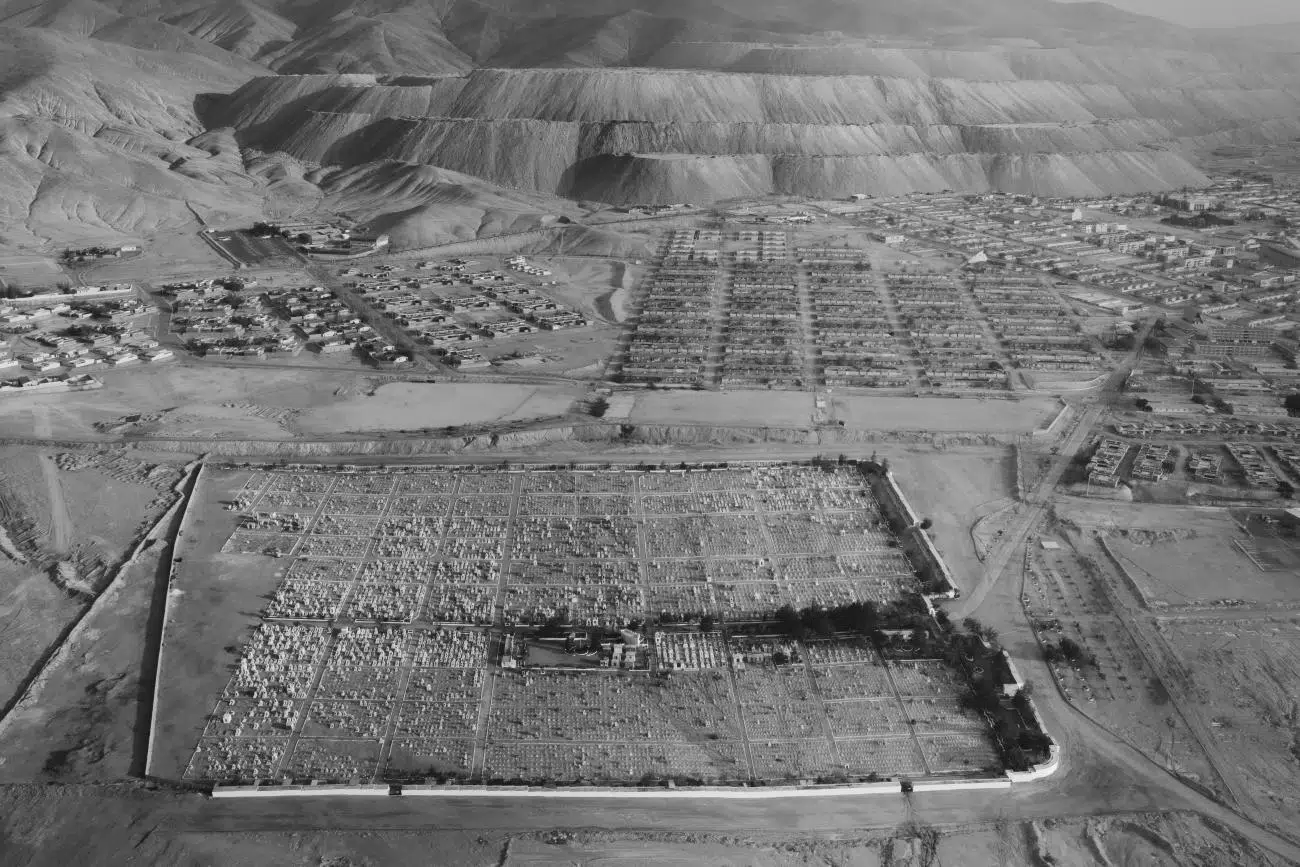
“Autophagy” by Lorenzo Poli. Earth Photo Award 2025.
“This impressive, black-and-white photograph was taken at the Chuquicamata mine in Chile, the second-largest open-pit copper mine in the world by excavated volume, and one of the deepest, plunging nearly 1,000 meters (3,300 feet) into the Earth.
Capturing an abandoned miners’ town and cemetery gradually being subsumed by mineral ore extraction, the image documents the “gridded impermanence of extractive cycles, overpowering life and death,” according to Lorenzo Poli.”
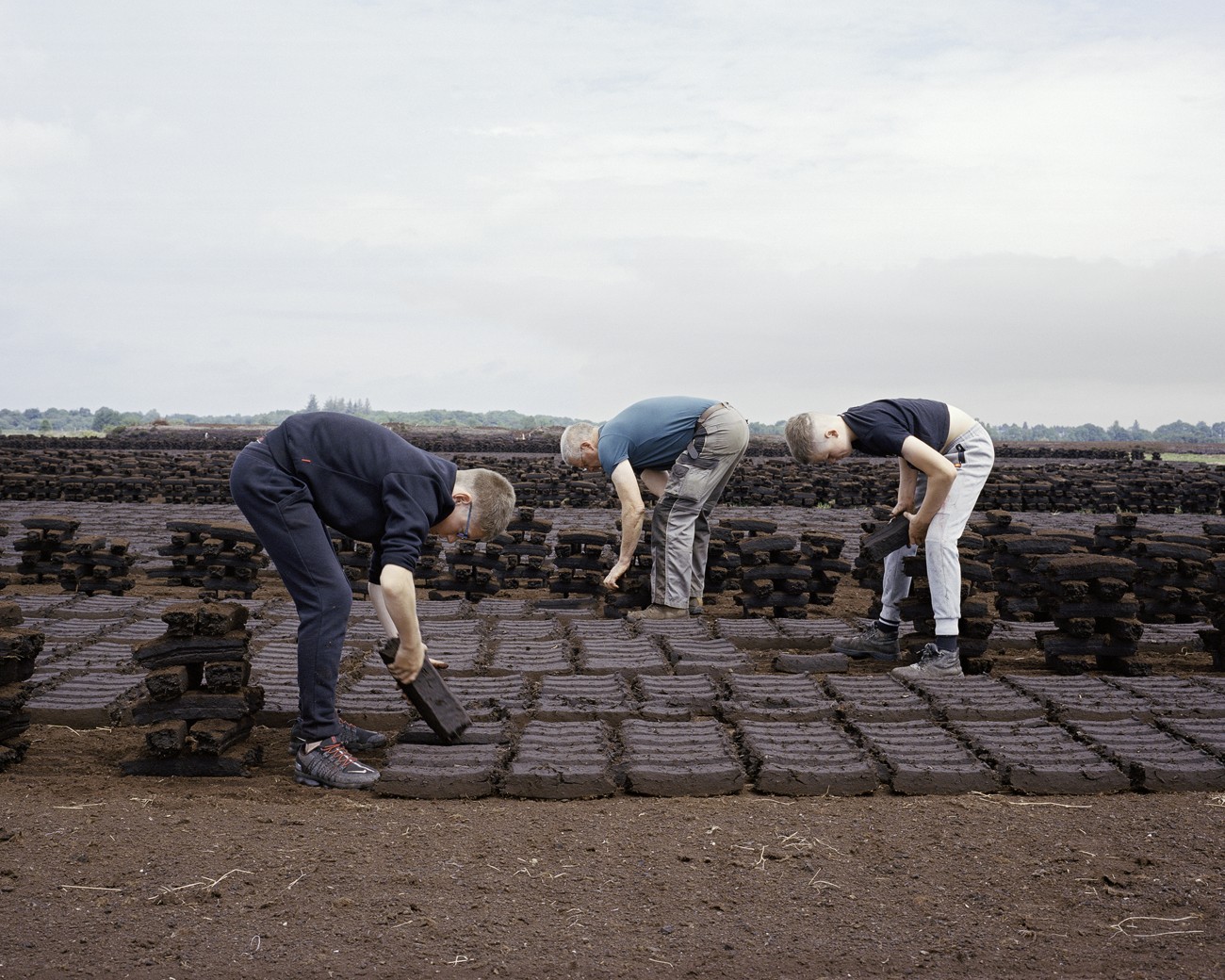
“Beneath | Beofhód” series by Shane Hynan. Photoworks Digital Residency Award & Sidney Nolan Trust Residency Prize.
“An Irish term meaning “life beneath the sod’, Beneath | Beofhód, “evokes the deep-rooted reverence for the land in Celtic culture”, according to photographer Shane Hynan. Using a combination of “topographical mapping and metaphorical exploration”, Hynan’s project reflects on the legacy of industrial peat harvesting, and recent tensions between traditional turf cutting practices and the need to restore and protect fragile peatland ecosystems.”

“Rotary Screw Traps” by Vivian Wan. New Scientist Editors Award
“On the Trinity River in Willow Creek, California, Yurok Tribal members and biologists Oshun O'Rourk and Yadao Inong, along with technicians, install rotary screw traps: specialised devices used to catch live fi sh for annual disease monitoring and to track migration patterns.
For centuries, the Klamath Basin has been the cultural and ecological heart of the Yurok Tribe, who identify as “Indians of the river and coast.” The basin’s waters have long sustained fishing, eel hunting, and above all, the sacred salmon—central to Yurok spirituality, identity, and livelihood.”

“Waterline” by Mateo Borrero. The Forestry England – Forest Ecosystem Award
“A Ticuna man stands on the side of a 500-year-old Ceiba tree in the Peruvian Amazon rainforest. The tree has a water line that marks where the water level reaches during the rainy season, which goes from April to May. This photograph was taken in May 2024, and by that time, the level should be at the maximum; however, the rains were scarce by then due to global warming.”
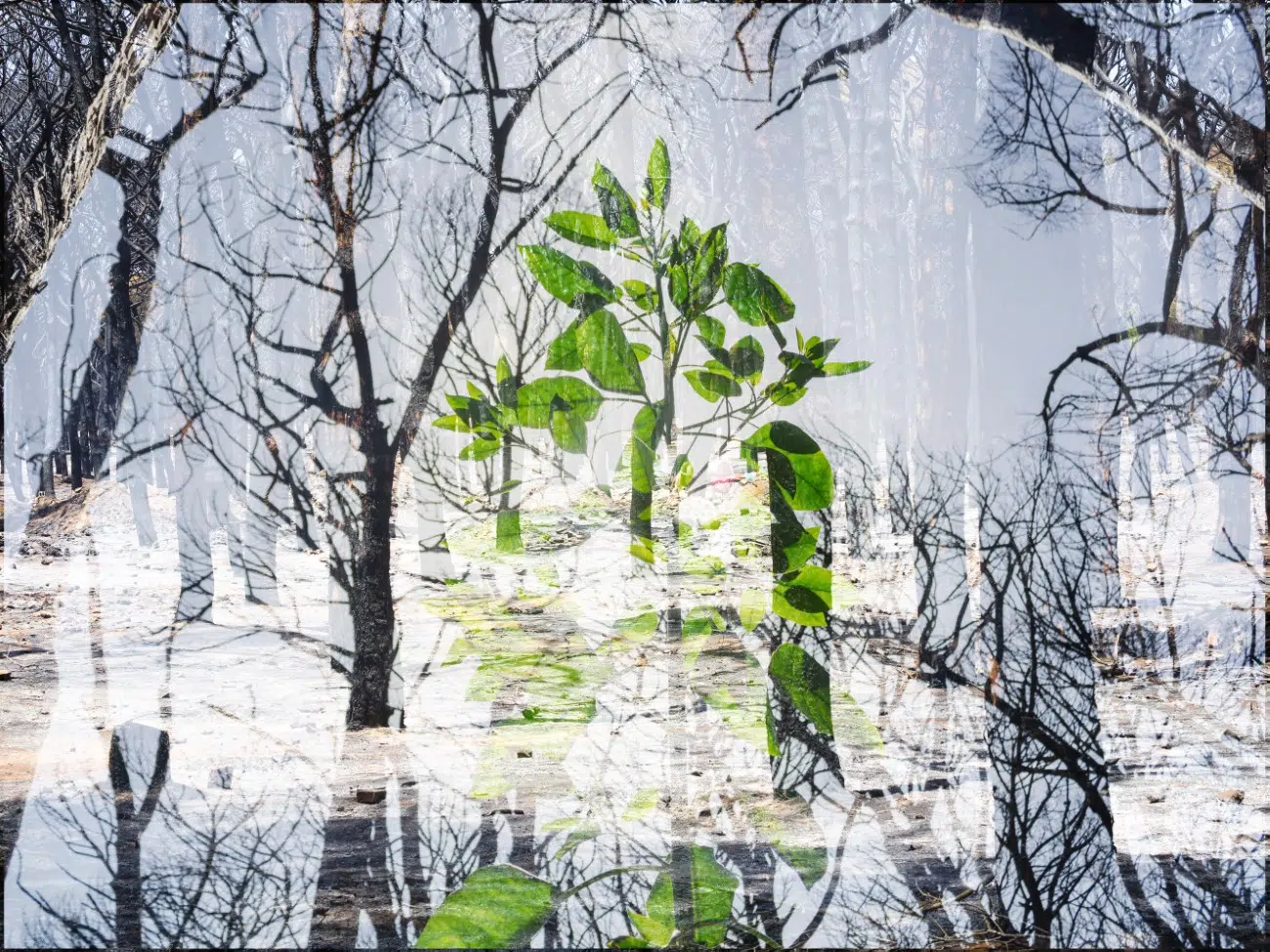
“La Hepica – Consumed Living Spaces” by Issam Corrib. David Wolf Kaye Future Potential Awards
“Issam Chorrib’s image taken in Larache, Morocco, captures a turning point where nature and human impact collide: a forest once used for leisure and reflection, now consumed by fire. Part of his series La Hepica: Consumed Living Spaces, “the image underscores the increasing fragility of ecosystems in the face of climate change”, Issam Chorrib explained. Prolonged droughts and environmental mismanagement have made places like La Hepica increasingly vulnerable to wildfire.”
The winners were selected from over 1,500 entries by a panel of photography and environmental experts.

“Autophagy” by Lorenzo Poli.
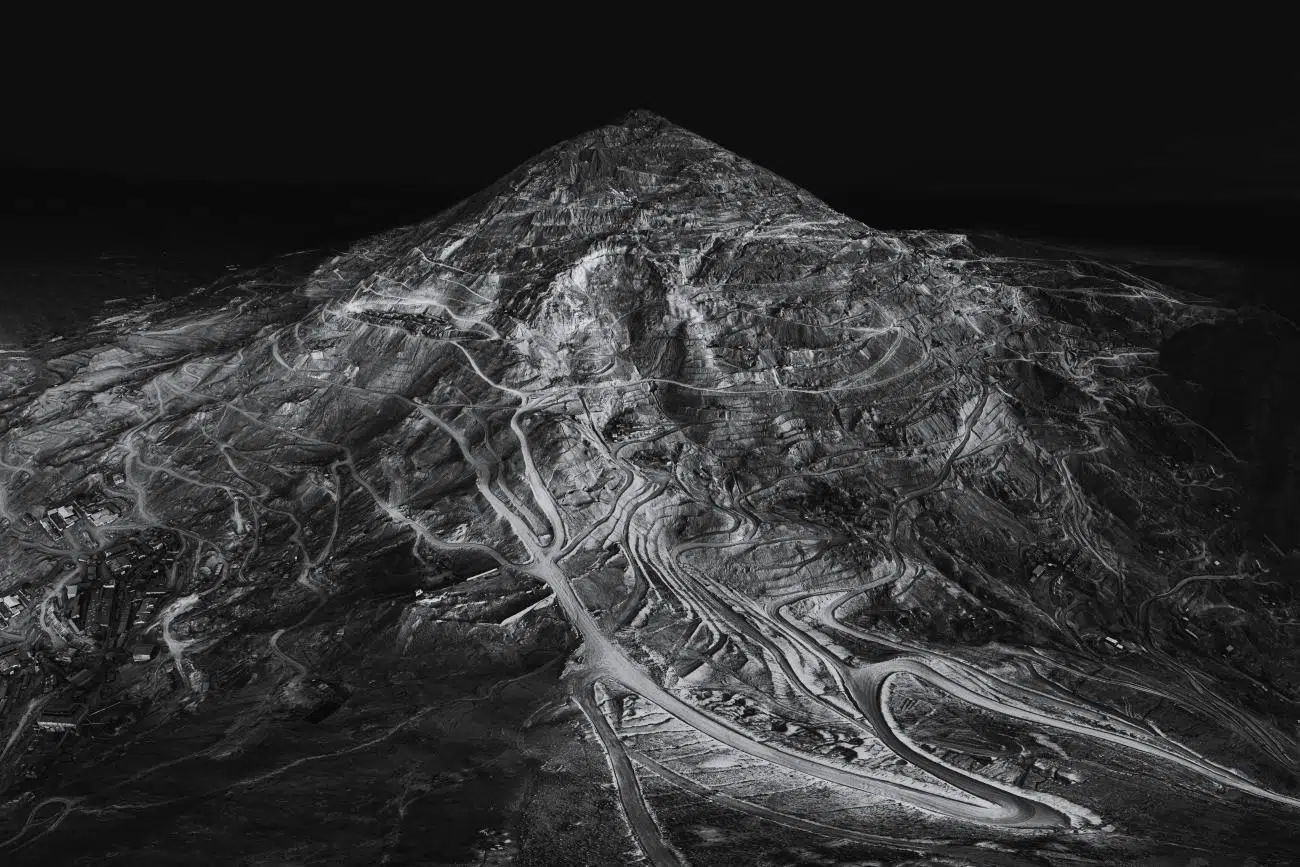
“Autophagy” by Lorenzo Poli.

“The Icebreaker Project” series by Liam Man.
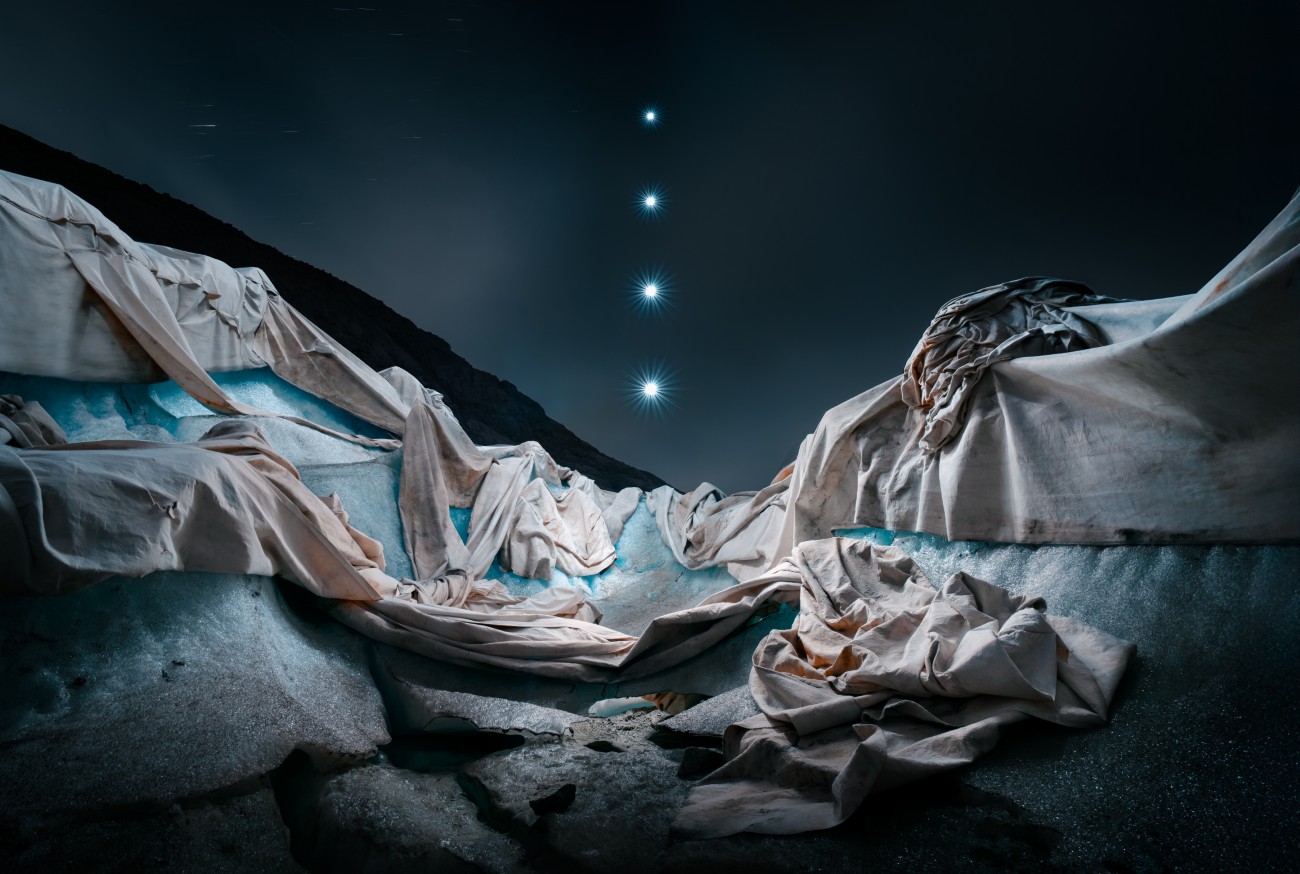
“The Icebreaker Project” series by Liam Man.
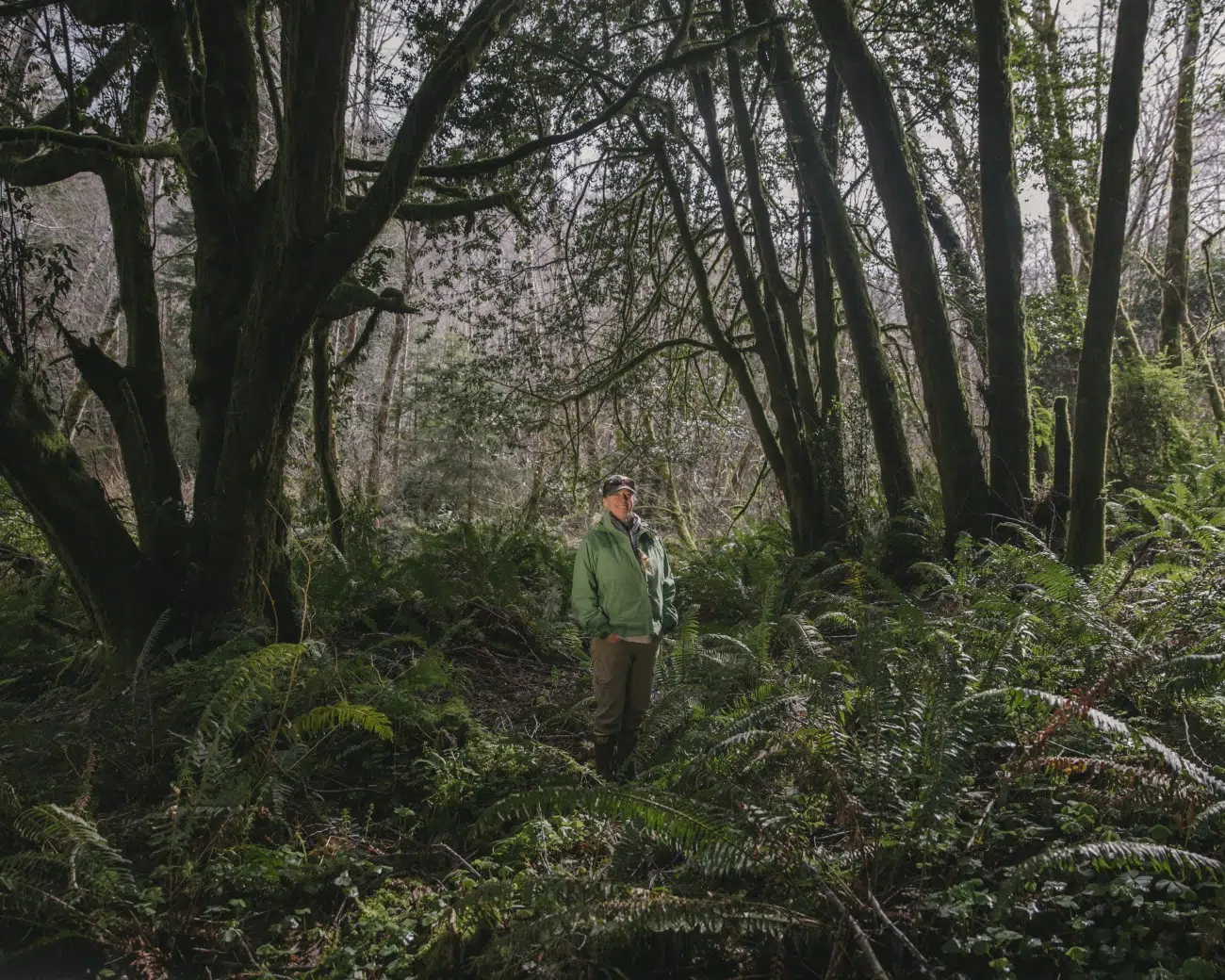
“Rotary Screw Traps” by Vivian Wan.

“Beneath | Beofhód” series by Shane Hynan.
Earth Photo: Website

